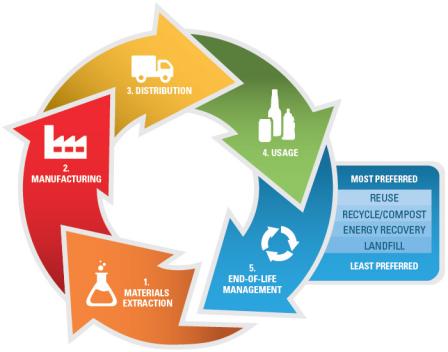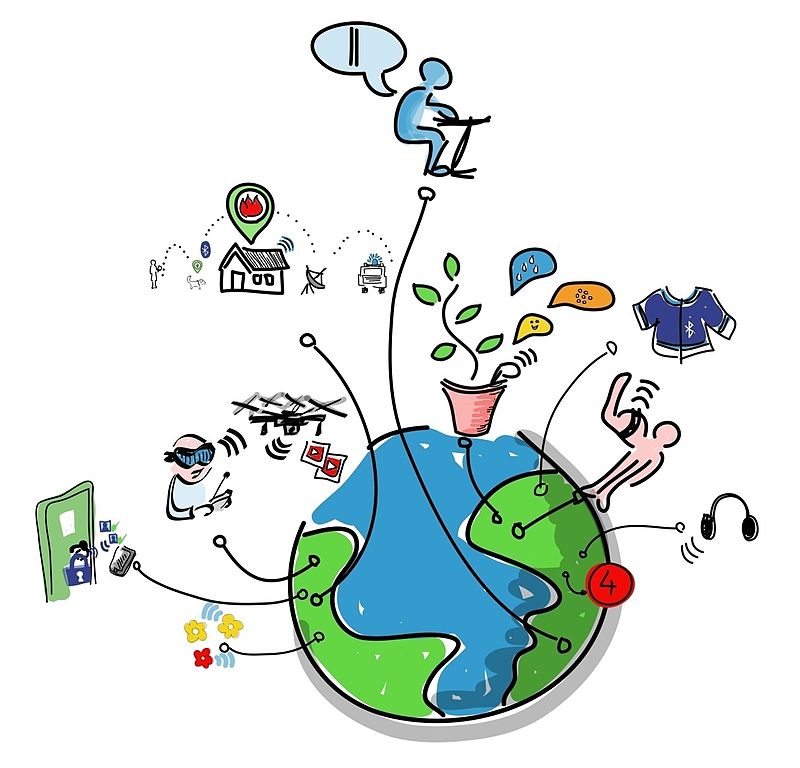
By MIRIAM ACZEL
Environmental sustainability is becoming increasingly mainstream in business operations and in investing.
‘Impact investing’ and other forms of environmentally and socially conscious investments play a crucial role. There is also an important and growing role for technology, both as a driver of environmental solutions, and as a catalyst for social change, in product and material development, and in connecting businesses with investors, employees, customers, and the general public.
Here are a few of the most exciting ways technology is driving the transition to a greener, more sustainable future.
Virtual Reality
Virtual reality enables us to experience things that are miles or worlds away. By enabling us to feel others’ experiences and challenges, we can put ourselves in their shoes—and this is especially important when it comes to visualizing environmental issues. For example, the nonprofit Charity:Water , which seeks to bring people access to clean water globally, uses virtual reality films to shed light on the plight of millions of people without access to water. As the nonprofit’s CEO Scott Harrison explains, the goal of the virtual reality videos is to “literally put donors in the moment that water strikes and how people are celebrating the change in their village.” He also adds that every day, the organization helps “over 2000 people gain access to clean water for the first time…But there are 750 million people worldwide who don’t have something that many of us take for granted every single day.” But using technology like virtual reality can help make these issues more ‘real’ and lead to greater empathy and understanding. Other examples include new programs by Singularity University and Amnesty International, which are working to draw the world’s attention to human rights issues and violations through the use of virtual reality. In this way, virtual reality can be used as a vehicle to help us understand pressing global problems—and “when we can empathize with others, we want to help”.
Battery Storage Capacity
Another example of how technology is propelling the move towards a more sustainable world is through promoting the scaling up of energy battery storage capacity. Increasing the storage capacity of batteries plays an important role in dealing with one of the key challenges of reliance on renewable energy: the intermittence of wind and solar energy production. While solar and aeolian energy provide fantastic clean energy options, when there are peaks in demand and intermittence in availability of sunlight or wind, this leads to pressure on the electric grid and potentially higher costs. But Tesla’s new energy storage technology has shown great potential to increase both energy efficiency and cost-effectiveness. For example, Sonoma Valley’s Jackson Family Wines was one of the first winemakers to adopt Tesla’s technology to store energy on their sites, and it has helped the wine company both reduce their carbon footprint and save nearly $2 million per year on energy bills.
Electronic Tagging
For businesses that manufacture physical goods such as household appliances, electronics, toys, clothing, and industrial tools and equipment among others, there is an important opportunity for implementing technology to help reduce waste and increase product life. Using the Internet of Things—the interconnection of computing devices embedded in everyday objects—and more specifically the use of electronic tagging on products can help companies develop a better understanding of a product’s life cycle post-manufacturing stage. And this has led to a closing of the loop of products, as companies are taking more responsibility for the entire lifecycle of a good, rather than just the manufacturing stage—leading to a more circular economy, and better support for products in the days and years after they leave the factory. Companies can now collect important data from the products they’ve manufactured or sold, and use that data in product research and development stages to move towards greater longevity of goods and less waste.
Moreover, companies such as technology giant Philips carry out analyses of the repairs of their goods to help them produce products that can be more easily fixed—instead of replaced—to both reduce waste generation and improve longevity by minimizing the need for product replacement.
Materials have significant environmental impacts throughout their entire lifecycles. The key stages in a material’s lifecycle, according to the US EPA, are raw material acquisition, materials manufacture, production, use/reuse/maintenance, and waste management.

Supply Chain Transparency
The increase of available data and analytics is also helping empower both companies and individuals have a better understanding of what is going on in their supply chains. Consumers are increasingly demanding more transparency in business supply chains, which in turn is leading companies to invest more in monitoring social and environmental impacts of their supply chains, and increasing beneficial outcomes. Through implementing ‘networked supply chain data analytics’, organizations like Source Intelligence are empowering companies to track supply chain data and analyze the results, leading to more sustainable and ethical business operations.
These are just a few of the exciting technological developments that are leading to more sustainable and ethical business operations. Harnessing and leveraging the power of new and emerging technologies benefits companies, consumers, and society as a whole.
Call for Applications
The Fifth Annual Youth Global Forum 2019’s call for Participants and Project Presenters is officially open until June 1! Don’t miss the opportunity to spend an exciting week in one of Europe’s tech hubs, the city of Amsterdam, and gain invaluable new skills, knowledge and experiences that will serve as a solid foundation for your future entrepreneurial & professional endeavors. Project Presenters will also compete for the Youth Time Idea Grant (10.000 EUR), fully funded scholarships to study in leading business schools in Europe and South-East Asia, and a paid internship in a clean energy company. The event will take place in Amsterdam, from December 2nd – 6th with over 100 participants, experts and trainers from all over the world.
Miriam Aczel is a President’s Scholar PhD Candidate at Imperial College London’s Centre for Environmental Policy. Her research is on international energy science and policy, with a focus on mitigation of environmental and health impacts of shale gas, as well as citizen science and public participation mechanisms. She is also co-founder and co-director of the Amir D. Aczel Foundation for Research and Education in Science and Mathematics, a nonprofit supporting educational programs in Cambodia and beyond.
Miriam is Director of Communications and blog editor for Leaders in Energy.



Leave a Reply